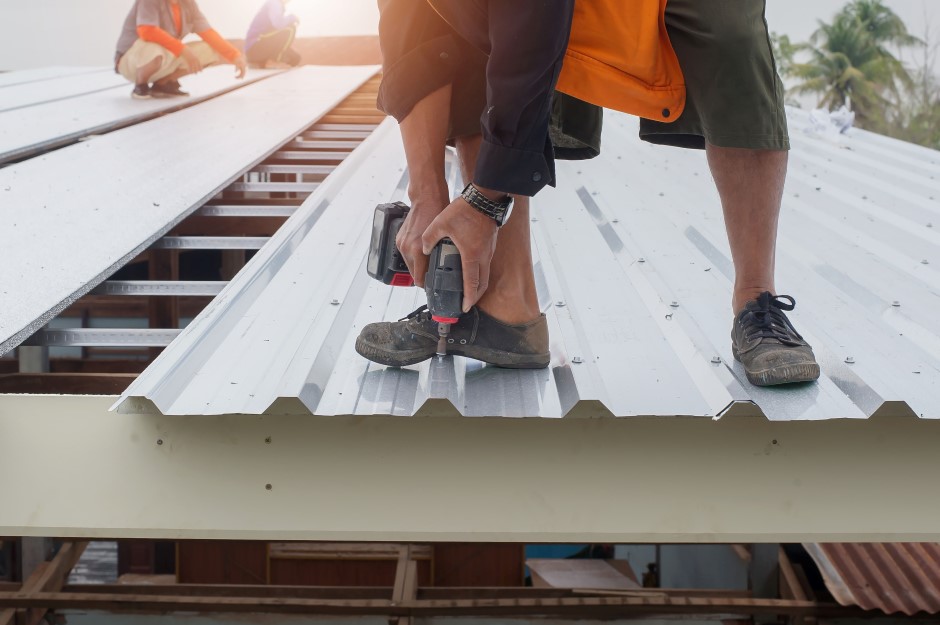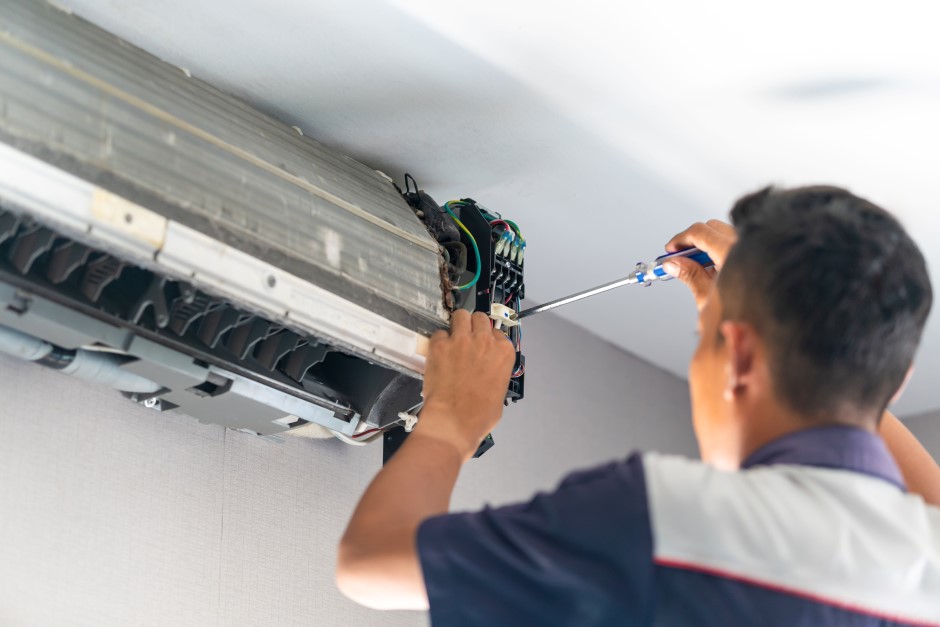Inspired by the joy and beauty of swimming in lakes up the mountains, Austrian researchers have been given credit for launching this movement way back in the early 80s. It replaced chlorinated swimming pools for natural ones.
As it turns out, people were no longer happy with the idea of shutting out nature with the use of chemicals, so the idea of having a natural pool gained popularity very fast. The concept spread through Germany and all of Europe. And, even though it was slower process of adaptation, there are now many natural pools installed in North America as well.
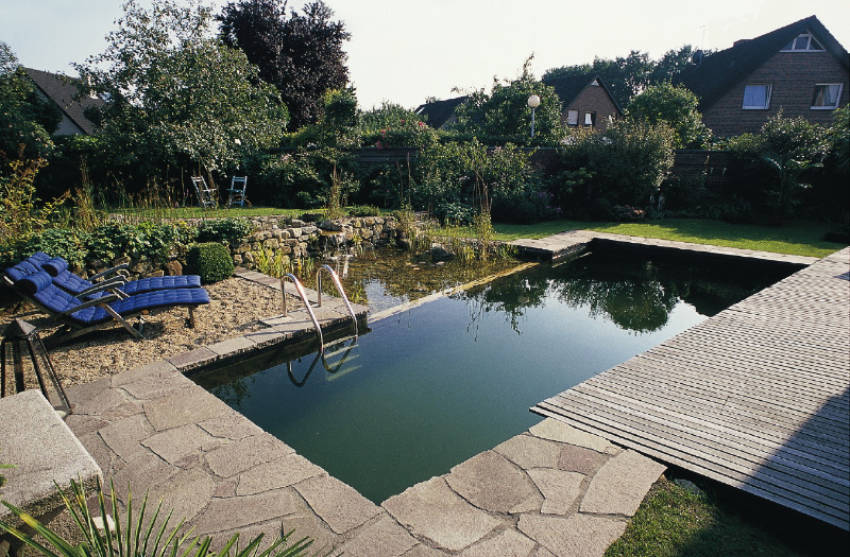
Natural Swimming Pool vs Chlorinated Pool
Swimming in traditional pools is enjoyable and refreshing, especially on the dog days of summer! However, it’s nothing compared to swimming in a properly installed natural pool. The experience alone will leave you breathless - you won't get itchy red eyes or dry skin! Unlike from when you swim in chlorinated water, you won't need to take a shower after you dive in.
In addition to being an incredible backyard aesthetic, a natural pool offers lots of other advantages like:
- Chemical-free treatment of water
- Excellent water quality
- The creation of habitat for flora and wildlife
- Is cheaper to maintain compared to the conventional pool
How it Operates
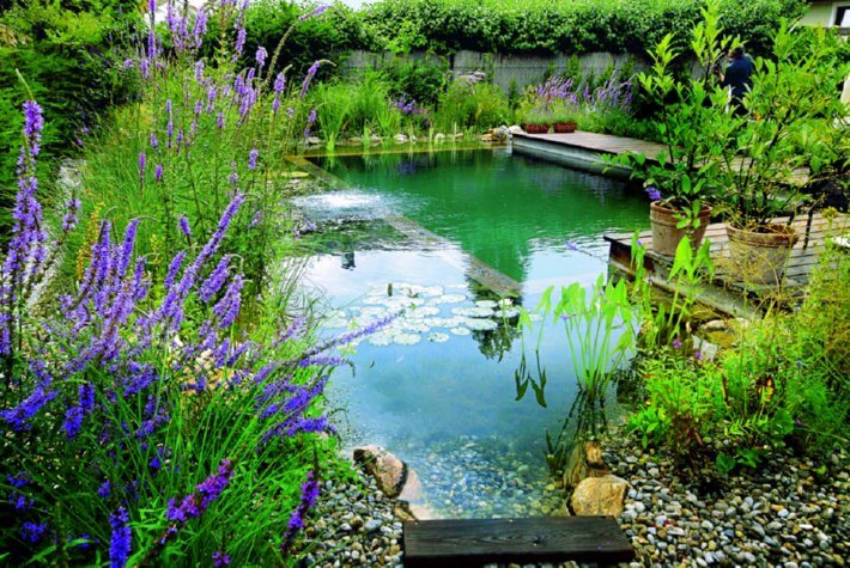
Natural pools mimic the function and biodiversity of a natural environment. With natural ponds, there is a separate zone dedicated for swimming, and another one for water purification. As for the designs, ratios, and sizes: they can vary.
The minimum recommendations for the pool size range from 30 to 50 square meters. However, there are smaller ones that still manage to function quite well.
Usually, the swimming zone comprises 50% or more of the total surface area. The rest is for the filtration of the pool. Natural filters keep the water clear and it will be pumped into the shallow areas.
It’s nice to remember that in order for the plants to thrive, it’s necessary to keep the pH levels from 5.5 to 7. But there’s no reason to worry much about it, because natural pools that are well situated and designed only require minimal maintenance in comparison to conventional pools.
How To Make Your Own Natural Swimming Pool
First off, you need a pit, so start by identifying the exact location of the excavation. You can choose how deep or shallow your pool will be, but consider the right slope degree in relation to the sides - it will ensure that they don't cave in.
Plan for Filtration
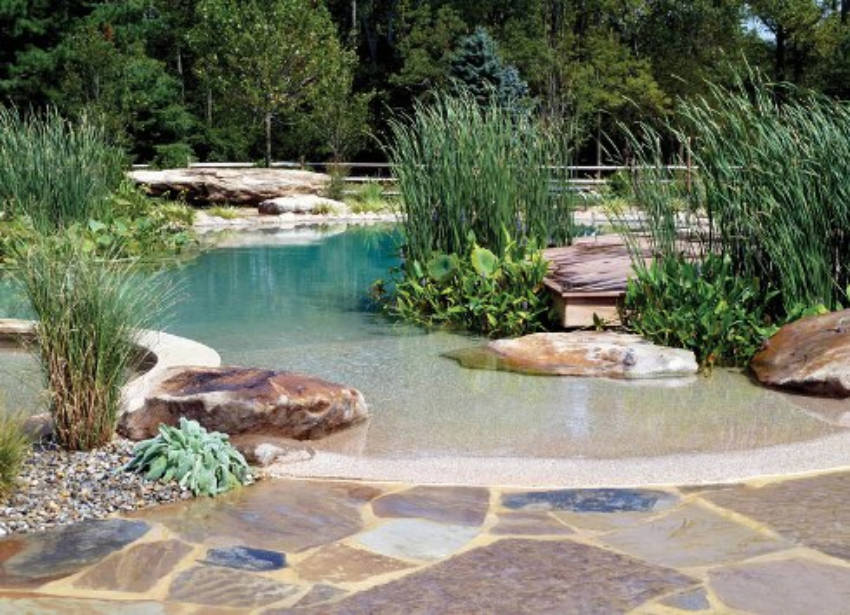
To maintain water quality and purity, reserve at least half of the pool's surface area to add aquatic plants. Shallow-growing plants will be the reason why you no longer need an expensive pump or filtration systems.
Seal the Pool
As soon as the digging is complete, you now have to ensure that your pool can hold water. Apply bentonite clay or synthetic liner, and if you want to cut costs, choose bentonite.
Pick Your Plants

You might be tempted to get exotic plants for your new pool. However, that’s not ideal since you’ll be better off with native aquatic plants. You can easily find them at a local garden and home store.
We found that rushes and sedges thrive better around a natural pool's perimeter. As for pickerelweed, arrowhead, and water primroses work well in shallow areas. Cattails and aquatic irises need care and attention as they can easily overcrowd other plants, if you want to have these, you also need plenty of time to maintain your natural pool. In addition, you’ll have to group the plants by size and type. So, make sure you plan ahead before you buy any materials or plants.




